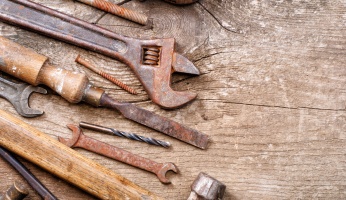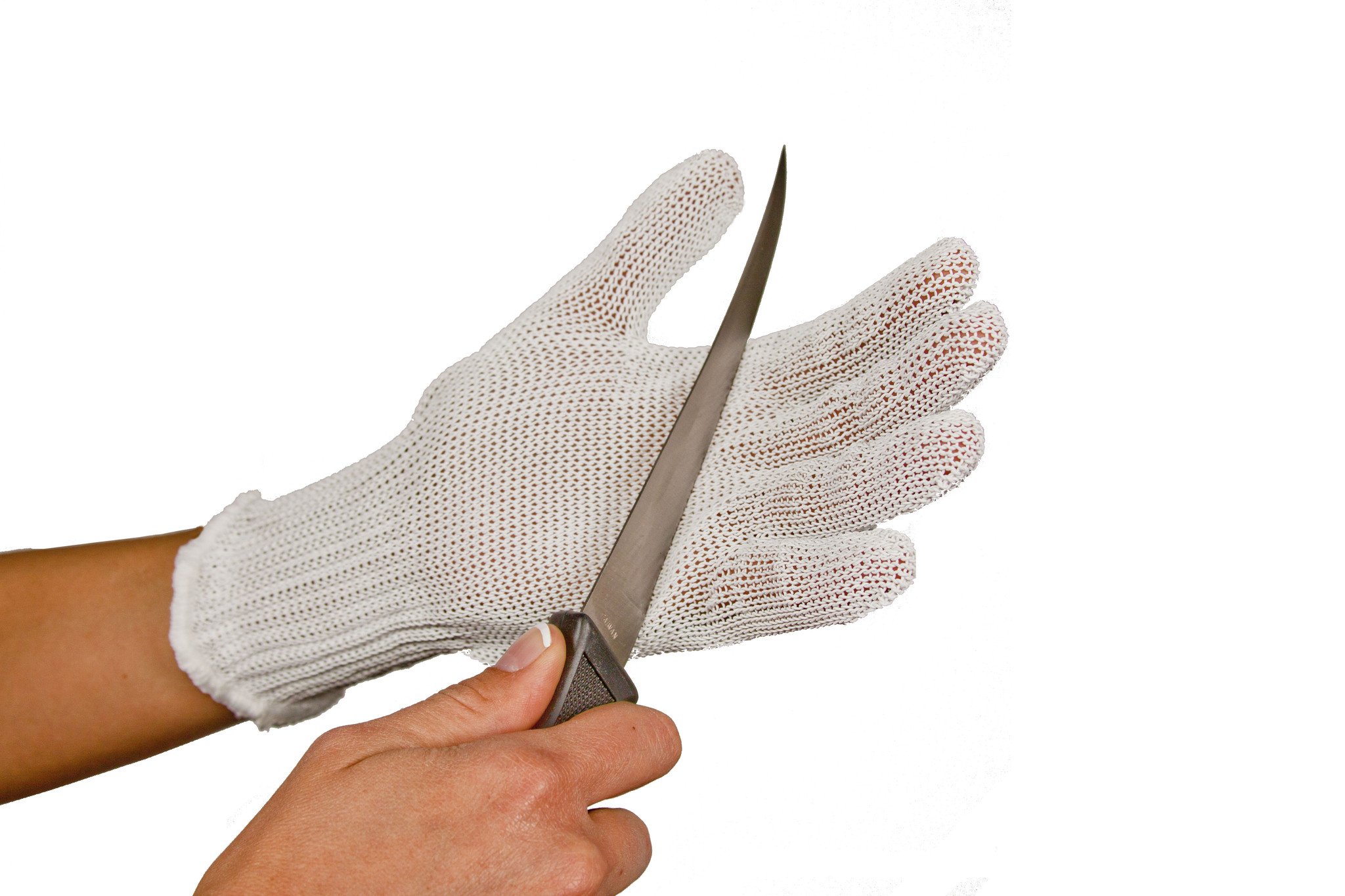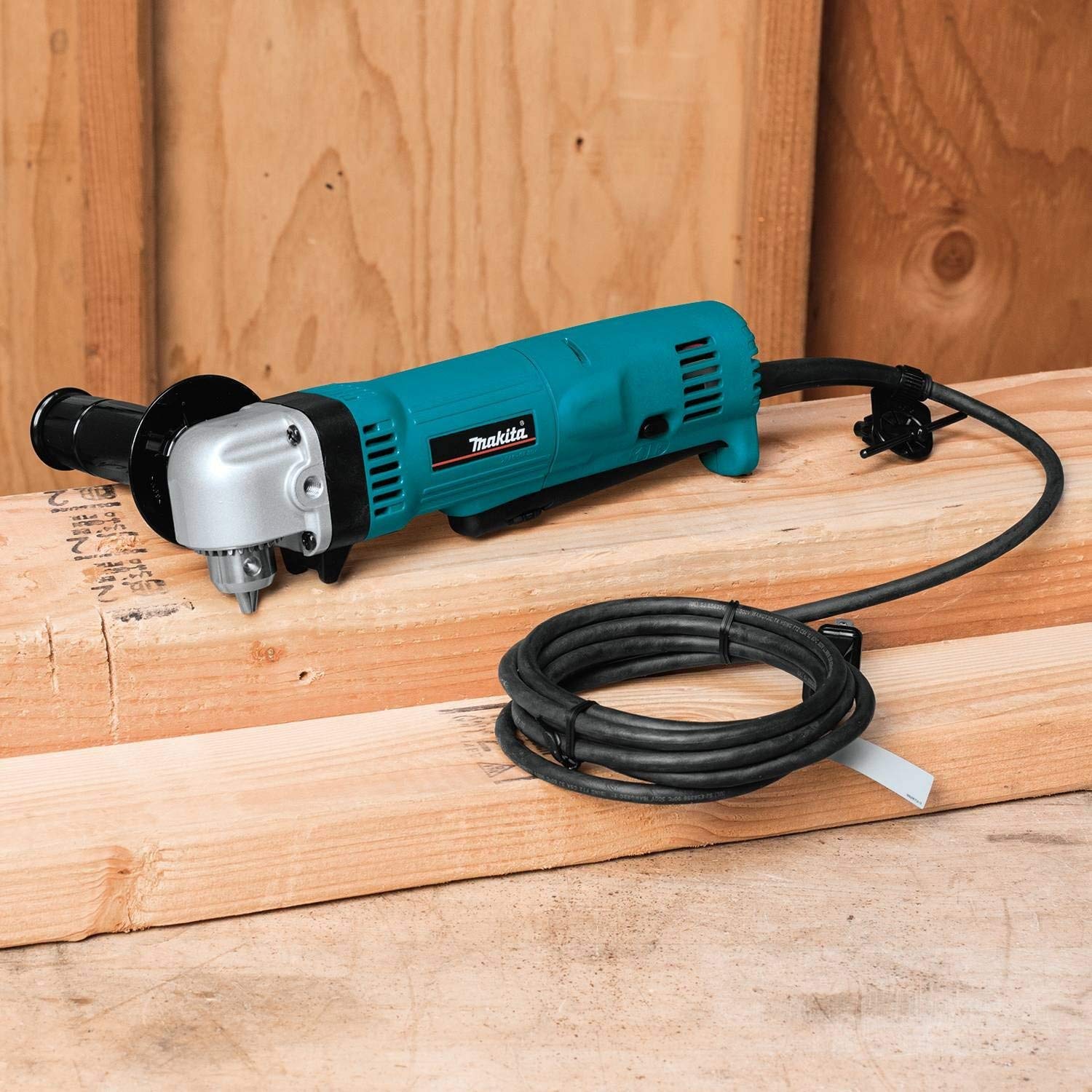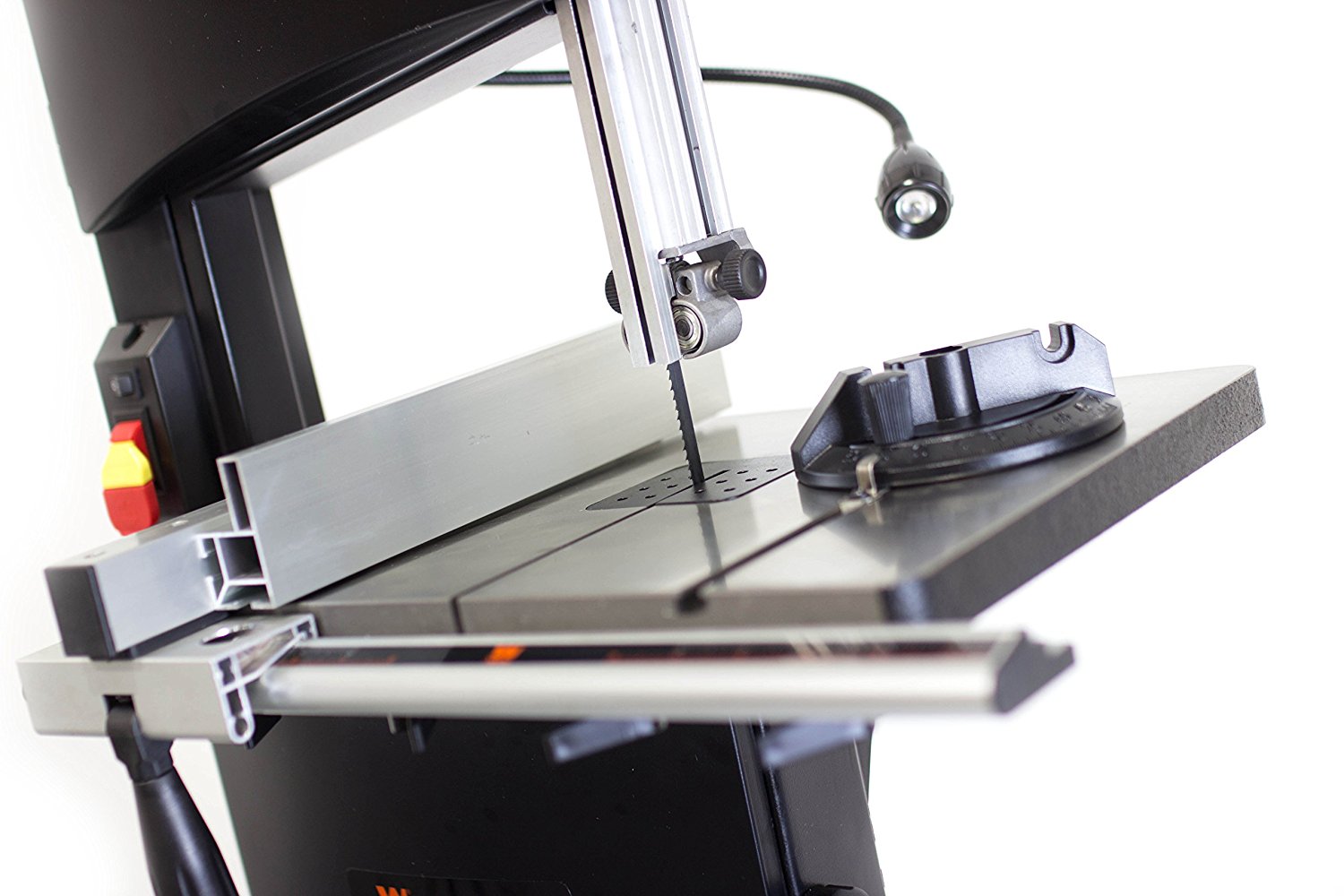- No Obligations
- Stop Paying Too Much For Your Contractor
- No Spam Calling
- Screened & ID Checked Contractors only!
Brad Nailer vs. Finish Nailer: What’s the Difference?
0
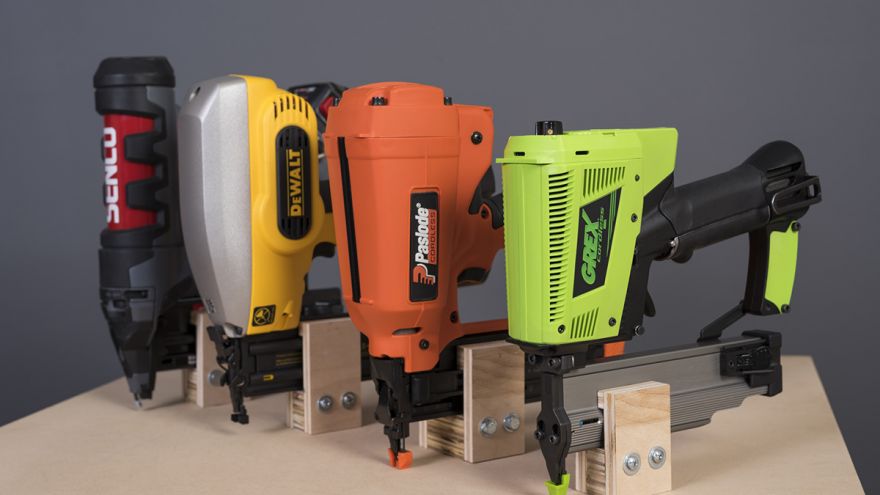 Brad Nailer vs. Finish Nailer: What’s the Difference?
earlyexperts.net
Brad Nailer vs. Finish Nailer: What’s the Difference?
earlyexperts.net
When it comes to fasteners, many novice do-it-yourselfers and handymen are limited in the breadth of their knowledge. Faced with a project, a rookie craftsman might head down to the hardware store, set on picking up a box of nails and find themselves overwhelmed by the seemingly endless categories of nail types and sizes.
There are three main nail compositions: brite wire, galvanized, and stainless steel. Nails made of each of these materials come in different sizes and shapes and serve different purposes. You have box and cut flooring, nails for masonry, double headed, screw and ring threaded, casing, roofing, and more.
But the two that are most commonly confused and the hardest to distinguish with regards to their intended use are brad and finishing nails. There is a lot of technical mumbo jumbo that sets these two apart, not all of which is important to the average weekend warrior looking to refurbish and reinforce an antique dresser.
If you are someone who takes on projects like these regularly, though, your life will be made much easier through the purchase of a nailer. Understanding which nail type is best to use for the jobs you most commonly see in your own home will be all the research you will need to justify the purchase of your new nailer.
Major Differences
The most obvious difference between brad and finishing nailers is their size. The brad nailer is generally smaller than the finishing nailer. This is mostly because the brad itself is smaller and of a thinner gauge than a finishing nail.
Some finishing nailer advocates would argue that this type of finisher is best because it holds more nails at a time. Based on the size difference between the two types of nails, however, the greater holding capability of the finish nailer is canceled out by the sheer size of the fastener.
Because of the thin gauge and small head of brad nails, there is no need to patch or putty over nail holes. The heads of these nails enter the material flush, if not slightly buried, making them barely noticeable to anyone but the person who drove them. It is for this reason that brads are more commonly used to attach lightweight trim and finish work.
When to Use What
It is reasonable to assume that because of the head size and gauge of brads, they are not as secure as a finishing nail. This is not entirely true, but the finishing nail, and thus its nailer, is definitely the more versatile of the two.
Depending on the type of work you are doing, the brad nailer can be inadequate in strength. You should never depend on a brad for structure, only for attachment. And still, it is important to be conscious of the weight of material.
For example, if you are hanging heavy ceiling trim or cabinetry, a brad nail might not do the trick. The weight of the trim itself and the fact that it is suspended in the air will likely be too much for a brad.
Something like baseboard trim is different. Because it is being supported by the floor, it merely needs to be attached to the wall. In this case, the brad can be used because it is not doing the job of supporting the material.
In Defense of Brads
There are a couple of negatives aspects of the finishing nailer to consider before you make up your mind. For smaller jobs, like many of the ones you will likely be doing around the house, the finishing nail and nailer might be too much. Despite its name, if what you are doing is actually finish work, you are likely using delicate pieces of wood that can be easily split by bigger, larger gauge nails.
There is also the matter of cordless versus compressor powered. All of the major tool makers currently have a cordless brad gun on the market. These run off the same voltage batteries as the drills and other cordless tools within the line.
On the other hand, you would be hard-pressed to find a cordless, battery operated finishing nailer. These are mostly air powered, meaning you will need a compressor and hose attachment before you do any nailing at all.
For the homeowner, this is an important fact that might work to sway your decision a bit. Anyone who has ever worked with a high powered nail gun knows how cumbersome it can be. Often times, you are just as well to dust off a hammer and do it the old-fashioned way.
Conclusion
To summarize, the major difference between brad nails and their corresponding nailers it size. The brad nailer is smaller, and its nails are a thinner gauge. They should be used for attachment rather than structure or support. The finishing nailer is more versatile in that it can be used across more projects, but not for smaller or more delicate attachments, like the ones you would mostly encounter as a homeowner.
More importantly, the brad nailer is battery powered meaning it easily slips into a tool box or sits on a ladder. If you are someone who rarely encounters a need for heavy duty fasteners like those that load into finishing nailers, then a brad nailer is likely your best bet.


